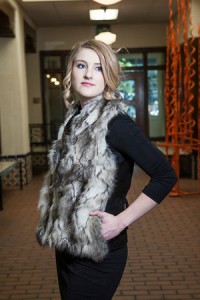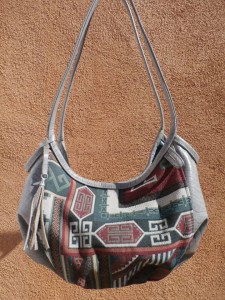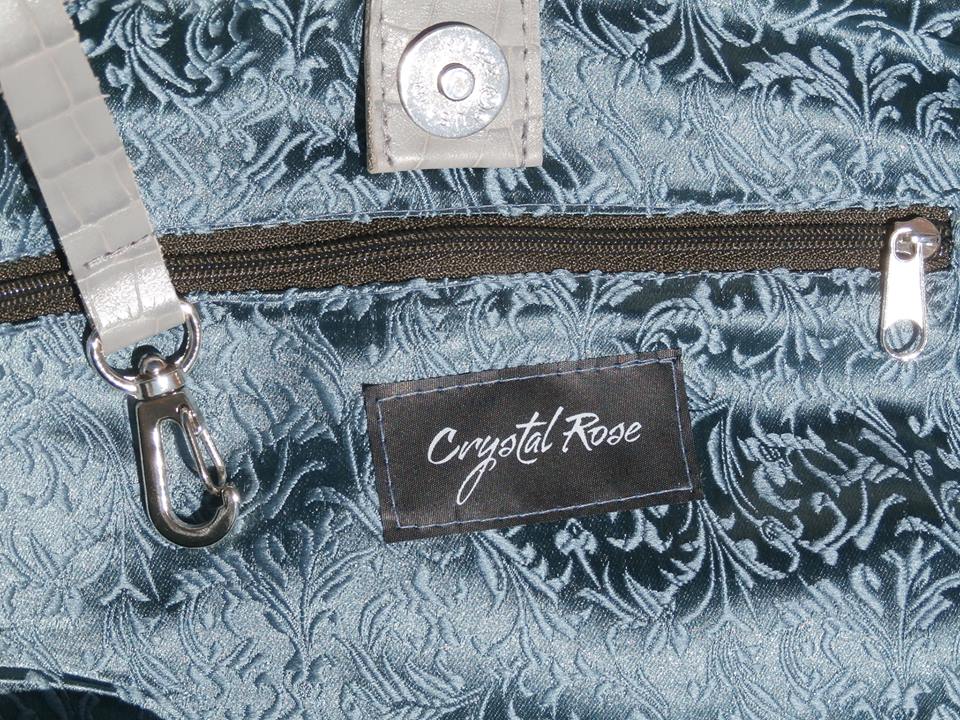
Photo Credit Crystal Rose
At SFFW we have a pretty good history (tongue-in-cheek there!) of working with designers who are so creative, exciting, and worthwhile to produce with, but just don’t have the foggiest of what they’re supposed to do once they have their design and first garment made. What’s next? How to go to market?
While we do pretty well (there I go again!) at putting on a fantastic show, and bringing the right people together to help each other – we aren’t in the manufacturing business. So what’d we do? We had the absolute pleasure of speaking with Leslie Mayfarth of Arrow Hawk Industries.
Leslie has been in business for many years, and had plenty to say about things designers can do in order to be successful in bringing their fashions to market – from the perspective of a one-time designer to full-time manufacturer.
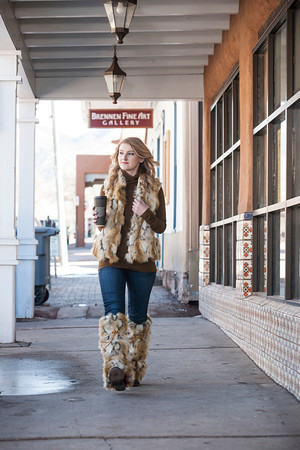
Photo: Courtesy Desert Rose
#1. Think Long-Term
Specifically, past the beautiful garment set before you, and stop just before that fashionable, hip boutique and the window display it’s gracing. Who IS your market – “who wants it?”, and WHERE will you find them? Are they at Fashion Shows? Craft-Fairs? Trunk shows? On the Internet? How will you “get rid of it?” – will you do consignment?
It is important for designers to know where they will primarily be bringing their designs to, as this will influence exactly who they will be working with in terms of manufacturing. Leslie adds that in order to ensure your manufacturer can meet your needs, you have to be clear what your needs are – first and foremost…
Scheduling.
If your primary market will be in Fashion Shows, for example, you will need a manufacturer who can schedule you a year in advance so you are always prepared for the upcoming season. This is different than if you are running around to multiple trunk shows, and you need a shorter, faster-paced schedule with a manufacturer who deals with that situation a little more commonly than a longer-term schedule. However, the more time you give your friendly manufacturer the better, as your success is their success and oftentimes quality can make or break you as a designer.
2. Be Reasonable…
… about both your Expectations and the money that can be involved in the process of manufacturing. Leslie adds that many designers, being the creative types that they are will have multiple projects they want to do, and simply don’t see each one project all the way to the end – being super-excited about their next big creation, they hurry through, or just don’t finish what they’ve started. Multiple projects will cost a little more money – but aren’t necessary to get started all at once. “1-ups” are fabulous and will also affect cost in a more pleasant way. If having more than one design is the way you want to go, that’s fantastic, but be realistic about the up-front investment that will be put in to begin a large project.
3. Make Sure you’re properly Specked for Production!
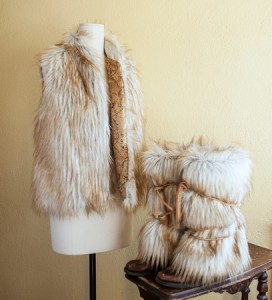
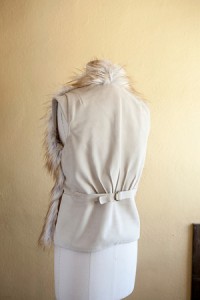
Apparently, paper patterns are completely different than the production patterns you’ll be using for the manufacturing of your design. (Who knew?! Not this girl, lol) But have no Fear! There are plenty of “pattern people’ in the business who can help do this for you, if you aren’t quite there yet – and oftentimes manufacturers have a pattern person available for you “in -house” – another thing to consider when choosing a manufacturer for your clothing. This person can help any designer immensely in helping them take their design from concept and turn it into a “fit sample”/prototype. Next will come your design made from the fabric of your choice designed for a “fit model” complete with all the fabrics and notions you hope to choose. While all manufacturing “houses” are the same, and certainly a designer can do all these things themselves, it is a common pitfall for designers who often – after investing the time and money themselves creating their own prototypes – go to a manufacture with their creation not specked correctly and have to invest even more money in order for the pattern maker at the facility they chose to “fix” their design to begin with. And it isn’t always small time designers that fall into this trap either – big name designers do not necessarily know exactly what production can entail. “Minding your p’s n q’s” here is a big way to save money on your project in the long run. Sometimes it’s more simple and cost-effective to have a clear idea about where you’re going with your project in its conceptual stage, and take that to a manufacturer early on.
4. Stay on Focus. Never dilute that focus.
The world of fashion is full of different directions to go in – it is a veritable playground of sights, sizes, places, – often designers want to go from their latest dress to an entire new line of fashion pillows for home interior. A simple solution to this, says Leslie, is to simply write those ideas down. She reminds us that staying on focus, and waiting for the right moment to tackle that next great idea is not the same thing as abandoning it – although it may seem like it at times. Writing it down, planning it – all good things to do for the heart and soul of the creative entrepreneur, but waiting for execution is certainly a key factor in success/furthering your intent.
Focus is also important to keep in mind when choosing which business style you’ll be compatible with in choosing your manufacturer. Smaller manufacturers tend to be a bit more personal in their approach, and have a tendency to care a bit more about the individual designers as the successes of their team directly affect their business. Leslie feels there is a bit more loyalty, respect and appreciation as she handles smaller, more high-end pieces for her clients. She has built her business on developing relationships with people whom she can both trust and earn trust from.
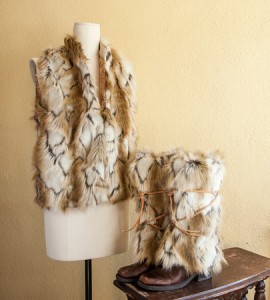
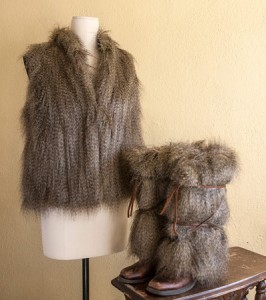
…stay tuned for part 2 of this blog!
All Photos Credited to CrystalRoseFashions.com
All Clothing Featured Manufactured by Arrowhawk Industries.



